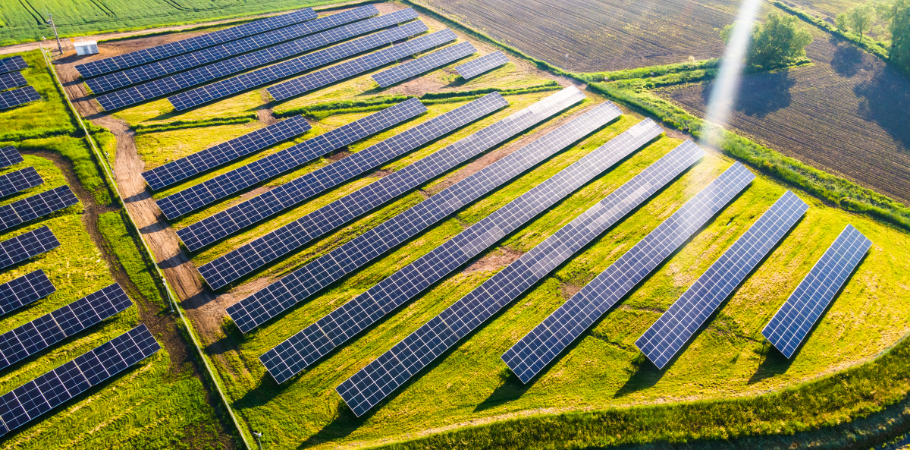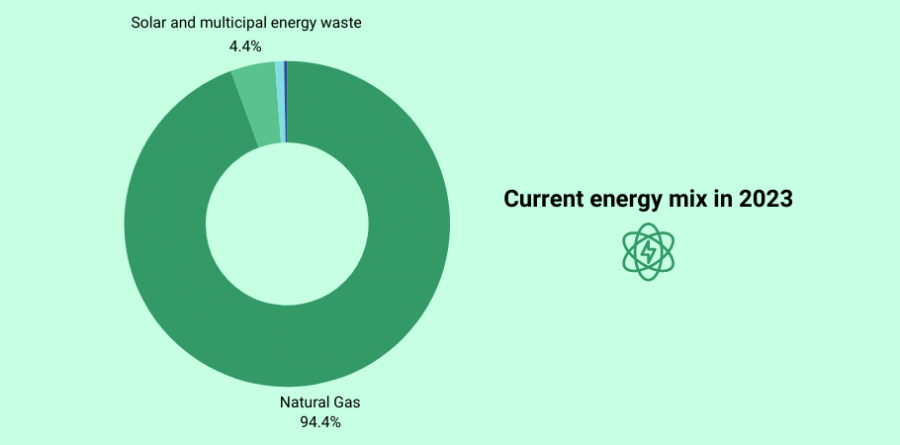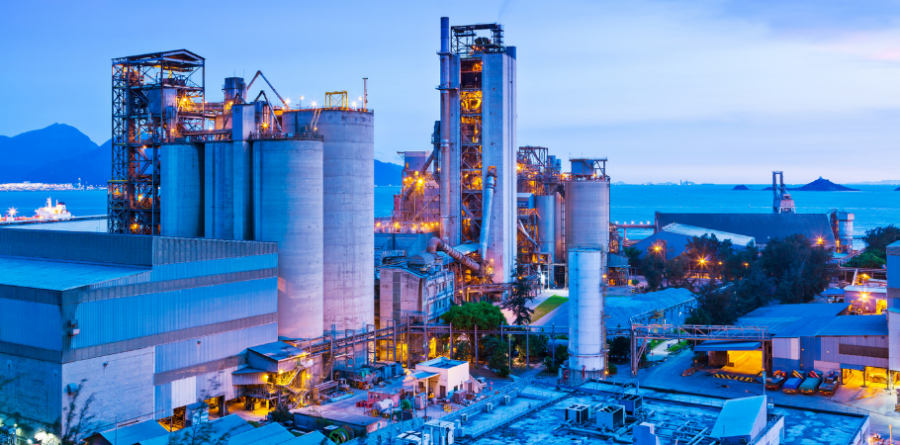
Singapore’s energy decarbonisation efforts are multi-faceted, including a range of initiatives aimed at significantly reducing carbon emissions by 2050. Recently, the city-state has launched a S$90 million programme to advance hydrogen research and green chemical production.
Additionally, two new hydrogen-ready natural gas power plants are slated for completion by 2030. In a bid to further diversify its renewable energy sources, construction of the largest floating solar farm at Kranji Reservoir will commence in 2025. Together, these projects signal Singapore’s robust commitment to a greener and more sustainable energy future.
What is Decarbonisation?
Decarbonisation means reducing or eliminating CO2 emissions. We achieve it by switching to low-carbon energy sources.
The 2015 Paris Agreement set ambitious goals. Governments and businesses responded by committing to lower carbon emissions. Decarbonisation is now a global priority. It’s crucial to combat global warming. Moreover, many companies aim to be carbon neutral by 2050, including those in energy, transport, and consumer products.
Overview of Singapore’s Energy Decarbonisation
Currently, Singapore uses natural gas for most energy needs. To hit net-zero carbon by 2050, it plans to boost clean energy by 2035.
About 4.4% of Singapore’s energy comes from renewables like solar and waste-to-energy. The country has over 1 gigawatt-peak (GWp) of solar power, requiring five million square metres of solar panels.
Besides, Singapore operates four waste-to-energy plants. These plants incinerate all waste and generate electricity.

By 2035, Singapore’s energy decarbonisation effort to cut natural gas reliance to just over 50% of its energy mix. This shift allows for more renewable sources.
By then, import deals with Vietnam, Cambodia, and Indonesia will be active. The remaining 20% of energy might come from solar, hydrogen, biofuels, nuclear, and geothermal power.
Singapore’s Energy Decarbonisation Efforts
1. Singapore’s Programme to Fund More Research into Hydrogen Use
Singapore has launched a S$90 million programme to help decarbonise its energy and industrial sectors through hydrogen research. This initiative aims to produce greener chemicals and fuels, such as sustainable aviation fuel.
Although Singapore currently relies heavily on natural gas for electricity, it seeks to green its economy. The country plans to import green electricity from neighbours and explore clean energy options like hydrogen, geothermal energy, nuclear technology, and carbon capture.
The National Research Foundation (NRF) oversees the new programme. It includes nine research projects lasting three to five years.
Top investigators from NUS, NTU, and international partners like the University of Cambridge and Shanghai Jiao Tong University will participate. Experts from Germany’s Max Planck Institute and Japan’s Tohoku University will also join.
The research will focus on four key areas: hydrogen utilisation and combustion technologies, green chemistry for converting biomass into chemicals and biofuels, synthetic biology for turning CO2 into chemicals, and chemical transformation for producing pharmaceuticals sustainably.
This programme aims to build Singapore’s energy decarbonisation effort into hydrogen utilisation capacity. Moreover, it will explore zero-carbon fuel combustion and create ammonia-ready fuel cells for power generation.
Singapore’s National Hydrogen Strategy targets low-carbon hydrogen to supply 50% of the nation’s electricity by 2050.
By 2030, Singapore plans to have at least four hydrogen-ready power plants capable of using a mix of natural gas and hydrogen.
2. Singapore Plans to Build Two More Hydrogen-Ready Natural Gas Power Plants by 2030
By 2030, Singapore will construct two additional hydrogen-compatible natural gas power plants. This aims to meet growing electricity demands and ensure energy security.

On June 4, the Energy Market Authority (EMA) invited private companies to build, own, and operate these new plants by 2029 and 2030.
Each plant will have a capacity of at least 600 megawatts, enough to power about 864,000 four-room flats annually. Thus, by 2030, Singapore will have at least nine hydrogen-compatible power plants.
Starting in 2024, all new and upgraded natural gas plants must be 10% more carbon-efficient and at least 30% hydrogen-compatible by volume.
Emissions must not exceed 0.355 tonnes of CO2 per megawatt-hour, which is 10% more efficient than current standards.
Additionally, these plants must be retrofit-ready for 100% hydrogen when the fuel becomes commercialised. Hydrogen combustion doesn’t produce any CO2.
Currently, natural gas, the cleanest fossil fuel, powers about 95% of Singapore’s electricity. It serves as a transition fuel for decarbonizing the power sector.
Even by 2035, Singapore will rely on natural gas for more than half of its power generation.
3. Construction of Singapore’s Largest Floating Solar Farm
In fact, solar energy offers the best renewable option for Singapore, given its lack of hydropower or wind energy.
A new mega floating solar farm at Kranji Reservoir will start construction in 2025. An environmental study found minimal impact on local biodiversity. This project will be Singapore’s largest solar farm, significantly boosting renewable energy efforts.
The solar farm aims to produce 141 megawatt-peak (MWp) of clean energy, or 112.5 MWp in AC, matching the voltage of the electricity grid and most appliances.
Moreover, this will contribute about 7% of Singapore’s 2030 target of 2 gigawatt-peak (GWp) solar capacity. Achieving 2 GWp can meet the annual electricity needs of approximately 350,000 households.

In short, Singapore’s energy decarbonisation effort is through several key initiatives. As mentioned, a S$90 million programme will fund hydrogen research, aiming to produce greener fuels and chemicals. By 2030, two more hydrogen-ready natural gas power plants will bolster energy security. Additionally, the construction of the largest floating solar farm will begin in 2025 at Kranji Reservoir, contributing to the nation’s renewable energy capacity.
These efforts collectively underscore Singapore’s dedication to reducing carbon emissions and achieving a sustainable energy future.
See more: Achieving Decarbonization with Integrated Strategies


